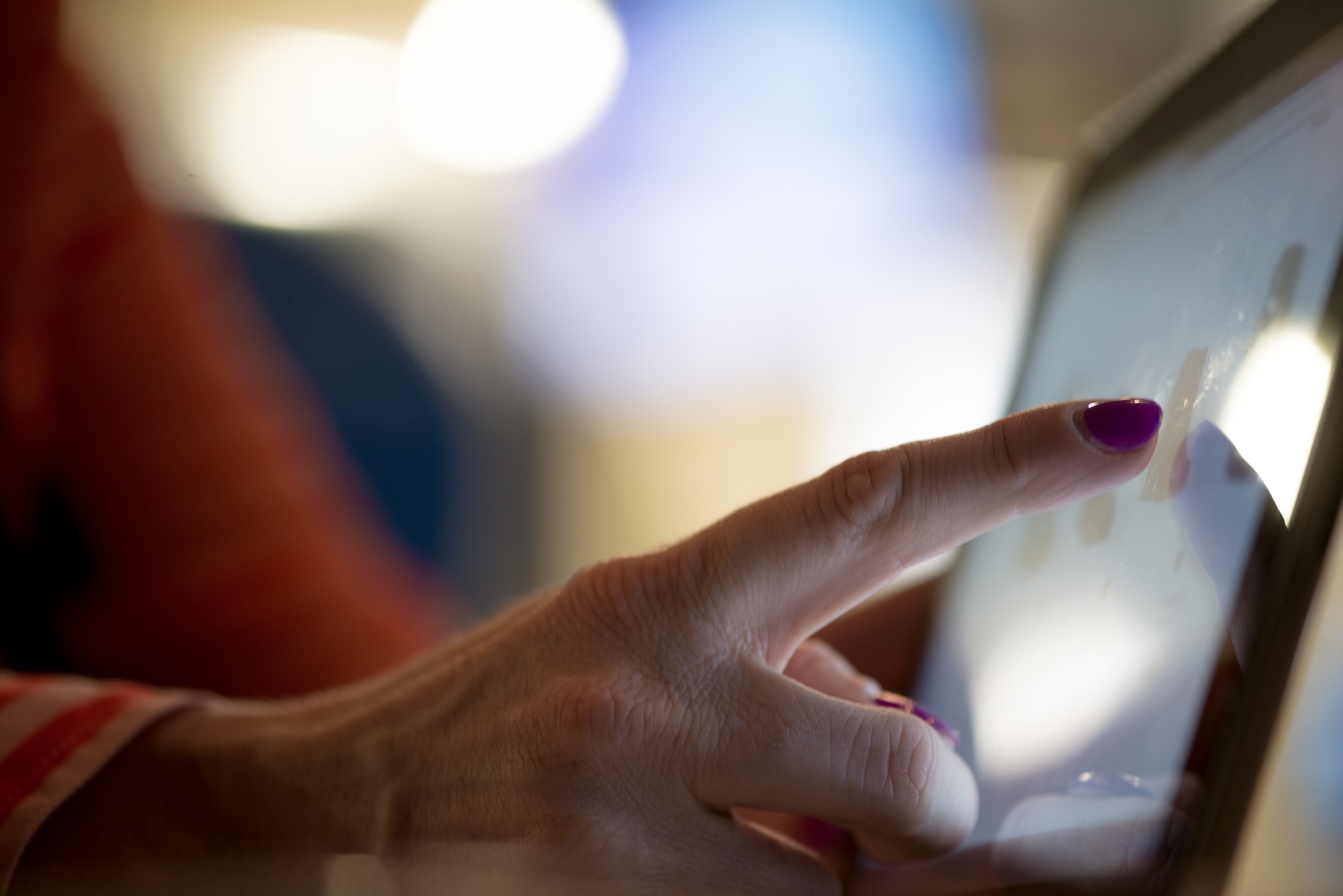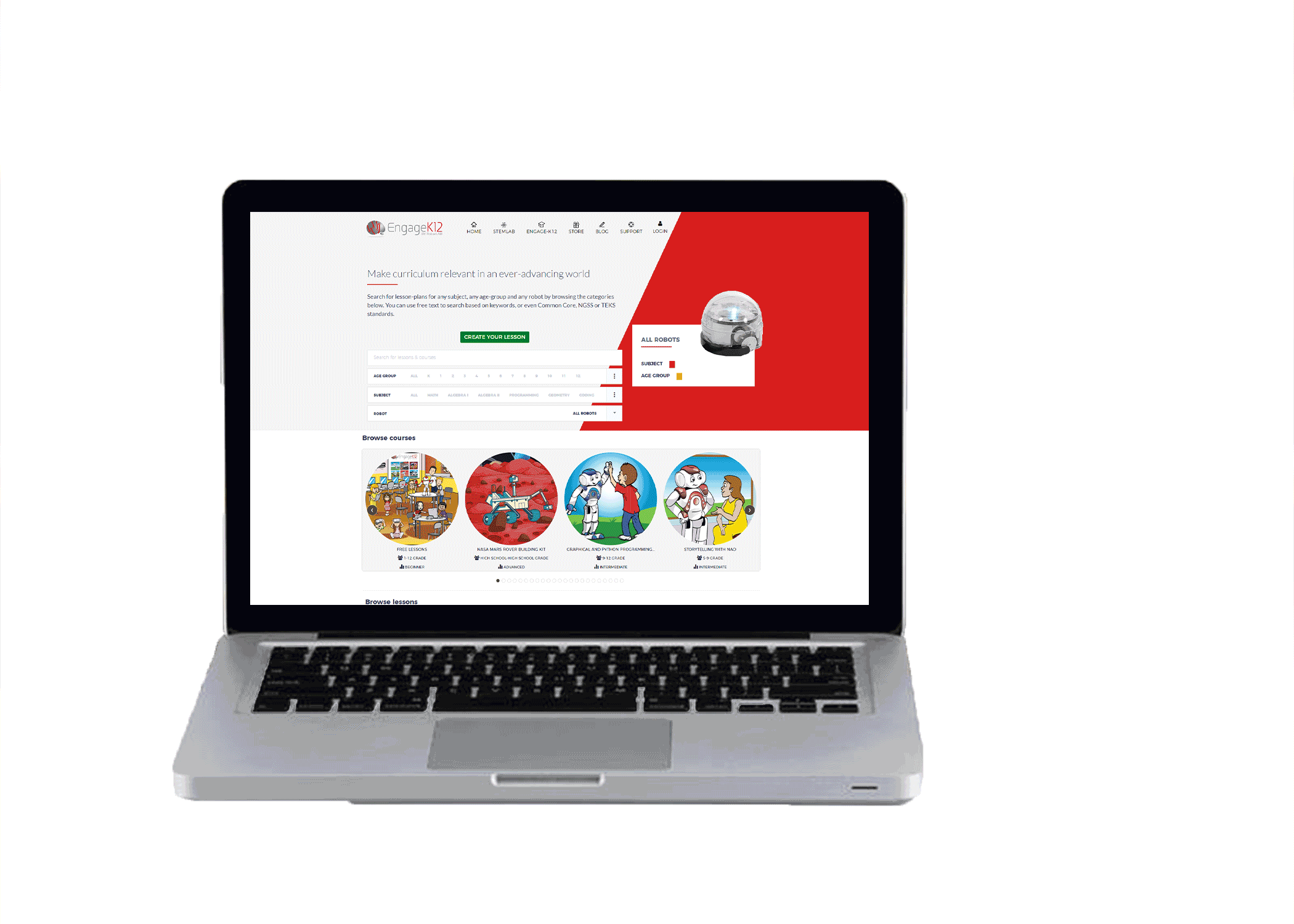 Photo by Timothy Muza on Unsplash
Photo by Timothy Muza on Unsplash
The Internet of Things (IoT) is a network of interrelated physical objects connected through the internet, which has found several applications in the education world in recent years, from K-12 to higher education.
The purpose of this connection? To put it simply, to exchange and transfer data without requiring direct intervention. IoT has become an integral part of the innovation brought to schools by EdTech in recent years, and even though it is not as widespread as of now, it will soon find its way into more and more institutions in the upcoming years.
Why choose IoT in education?
While it is already providing notable transformations for companies, government agencies, and more, the Internet of Things is joining other EdTech resources embraced by educational institutions to elevate teaching, learning, and classroom management to new heights. IoT gadgets can help teachers focus on the achievement of better learning outcomes for their pupils. In other words, implementing IoT technology will equip educators with new professional tools to get the most out of their classwork and even improve their connection with students.
Improving teaching and learning with IoT technology
Teachers’ agendas are often packed. Their time is divided into preparing lessons, correcting assignments, managing the classroom, and the list goes on. The Internet of Things can increase the teaching time by automating time-consuming routine tasks, such as attendance monitoring. This means more energy to focus on the students’ learning and retention of information.
Secondly, we cannot ignore the importance of the IoT when it comes to data collecting. By processing bytes and bytes of data in real-time, the Internet of Things offers the chance to monitor and track students’ performances, thus allowing to improve teaching methods and provide specific help for learners in need.
Professors and educators can also take advantage of the IoT to implement professional training tools and share resources with other teachers worldwide to trade best practices and create uniform teaching standards. Speaking of global interconnectedness, in the same way, students will be able to share learning materials between peers, as well as access virtual libraries by simply scanning a QR code.
In the upcoming school years, IoT-powered classrooms will be made possible, and gadgets like VR headsets and smartboards will make the learning and teaching experience more engaging and enjoyable. Applications of the Internet of Things can also enhance methodologies like flipped learning, and allow students with special needs to bridge their gap without the involvement of special curricula.
More potential IoT applications
On the school management level, the Internet of Things can automate several processes and reduce storage costs thanks to cloud-based technology. Moreover, smart meters powered by IoT technology can screen energy consumption and manage usage of electricity: smart lights, for example, will automatically switch lights off in empty classrooms, or calibrate on natural light.
IoT will also perform as a useful resource to address safety matters. From smart cameras with facial recognition, to smoke and vape detectors and video monitoring tools: these implementations will upgrade security inside schools and institutions, albeit with some privacy concerns.
Discover more about K-12 and Higher Education with
RobotLAB!



